
As China’s economy enters “new normal”, further advancing the transition and upgrading of the manufacturing industry has become a focus of efforts made in boosting real economy. Executive meeting of the State Council held on May 17 proposed to advance in-depth implementation of “Made in China 2025” through piloting and to facilitate the transition and upgrading of the manufacturing industry. Journalist of the Economic Information Daily learnt that multiple securities companies and investment institutions recently intensively investigated the upgrading of manufacturing and consumption.
According to investigation, the upgrading of manufacturing and consumption sees sound progress. It is developing into an emerging force in advancing sustainable and healthy economic development, and will become an important investment theme in the time ahead. Supported by relevant policies, multiple segmented markets including intelligent manufacturing, strategic emerging industries, green consumption, culture and tourism will mature sooner.
Industrial upgrading drives economic development
Multiple institutions, including Industrial Securities and China Merchants Securities, team up with multiple listed companies and third-party institutions to carry out intensive investigation over the upgrading of manufacturing and consumption. It is widely believed by institutions and listed companies that the upgrading of manufacturing and consumption sees sound progress, and it is developing into an emerging force in advancing sustainable and healthy economic development.
Researchers involved in the investigation told the journalist that at present, China’s manufacturing industry is transiting from traditional mid-to-low-end business like accepting customers’ materials for processing to mid-to-high-end business like high-end equipment manufacturing, intelligent manufacturing and strategic emerging industries. These mid-to-high-end manufacturing fields require better coordination between manufacturing industry and industrial chain; therefore, they enjoy higher added value and their products are more competitive in global market. China’s manufacturing industry is equipped with sound conditions for further industrial upgrading now. Thanks to active push of national policies, the manufacturing industry apparently moves faster in upgrading.
Investigation also shows that with business environment improved and the retailing industry more innovative, consumption demands grow more diversified and the pursuit of consumption value is also further improved due to factors like rapidly climbing resident income and accelerated process of urbanization. It facilitates the consumption market to be more personalized, customized and mid-to-high-end. Quality of relevant consumer goods also keeps improving.
The aforementioned trend is also proved by multiple macroeconomic data. As introduced by Xing Zhihong, spokesperson for the National Bureau of Statistics (NBS), the upgrading of the manufacturing industry is seeing sound progress now. Added value of the high-tech industry and equipment manufacturing industry expanded by 13.1 percent and 11.5 percent, respectively, in the first four months of 2017, representing a growth 6.4 percentage points and 4.8 percentage points higher than that of industrial enterprises above the designated size. As to the upgrading of consumption, sales volumes of goods concerning traditional Chinese and western medicines, sports and entertainment, and culture and office supplies all maintain double-digit growth in the first four months. In the meantime, structure of industrial investment further improves. Fixed-asset investment in mid-to-hi-tech industries and service industry grew by 22.6 percent and 12.1 percent during the January-April period, 13.7 percentage points and 3.2 percentage points higher than the growth of fixed-asset investment.
Bai Ming, deputy director of the International Market Research Institute under the Ministry of Commerce (MOC), believed that the upgrading of the manufacturing industry and the upgrading of consumption are supplementary to each other. The upgrading of manufacturing is closely connected with supply-side reform, while the upgrading of consumption, concerning the quality of life, is an upgrading on the demand side. Upgrading of consumption brings the upgrading of manufacturing with market space, while the latter brings the former with material guarantee. Bai remarked that the upgrading of manufacturing and consumption stimulates endogenous power of the economy and boosts sustainable economic development.
Venture capital investment gradually heats up
Aforementioned institutions believed that under general trend of industrial upgrading, the upgrading of manufacturing and consumption will become an important investment theme in the future, and relevant venture capital investment will gradually heat up.
According to research reports of several securities companies, China has launched the “Made in China 2025” strategy and a series of supporting policies to advance the upgrading of manufacturing. Contents of policies and the trend of industrial development show that high-end equipment manufacturing, intelligent manufacturing and strategic emerging industries will develop into an important part of China’s manufacturing industry and also bring new investment opportunities.
Multiple institutions and the National Manufacturing Strategy Advisory Committee (NMSAC) predict that as the “Made in China 2025” strategy advances, market size of relevant fields like high-end equipment manufacturing, intelligent manufacturing and strategic emerging industries will exceed 1 trillion yuan. Guotai Junan Securities believed that according to the “Made in China 2025” strategy, 10-odd segmented fields, with new-generation information technology included, will all embrace rapid development in next 10 years. On the one hand, relevant products in these fields enjoy huge market demand and are able to ensure sizable investment return. On the other hand, these fields, all involving complete and mature industrial chain, see great investment demand too.
Investment opportunities in the consumption field cannot be neglected too. AliResearch pointed out in a report that according to consumption data monitored in recent years, original, intelligence, green, delicacy, globalization and experience point the six directions of future high-quality consumption. Industry insiders analyze that aforementioned fields expect business opportunities worth 1 trillion yuan.
Securities companies like Guotai Junan Securities believed that according to monitored data and the performance of listed companies, eight traditional consumption areas, which are retailing, social service, automobile, light industry, medicine, food & beverage, textile and garment, and household appliances, are upgrading and will bring important investment opportunities in the future. In addition, fields like culture, tourism, education, health, old-age care and information services will become new consumption hotspots. These fields might grow over 40 percent in the years to come and impact around 500 million people.
A series of industrial policies released
China now attaches great importance to the upgrading of manufacturing and consumption. The central government has launched a series of policies to encourage and advance industrial upgrading. Journalist recently learnt that China will roll out more policies in the future to advance smooth implementation of the upgrading of manufacturing and consumption.
According to the executive meeting of the State Council held on May 17, China will take six major measures to upgrade the manufacturing industry. The measures are implementing major projects concerning the upgrading of the manufacturing industry, constructing “massive entrepreneurship and innovation” platform supported by technologies like industrial Internet, advancing the piloting of “Made in China 2025” strategy, improving quality of products and services, improving development environment of industries, and expanding opening up and international cooperation.
The journalist also learnt that the Guidance about “Made in China 2025” Strategy for Provinces and Cities (hereinafter referred to as the Guidance), as important detailed rules for the upgrading of the manufacturing industry, is under amendment and might be released recently. It is introduced that the Guidance aims at combining key tasks of the “Made in China 2025” strategy with resources and existing industrial development of various places, avoiding repeated construction, highlighting advantages of each place, developing industries that various places have an edge in, facilitating the transition and upgrading of China’s manufacturing industry and reasonable distribution of industrial structure so as to create a “new territory” of Made in China.
Wu Hequan, a committee member of the NMSAC and also an academician with the Chinese Academy of Engineering, indicated that the amendment and implementation of the Guidance will ensure continuous implementation of the “Made in China 2025” strategy, and facilitate stable progress of industrial upgrading in various places. By then, 10 key development areas proposed by the “Made in China 2025” strategy, including marine engineering equipment and hi-end ship, will soon embrace rapid development, while emerging industries like robotics, additive manufacturing, industrial Internet and intelligent manufacturing will be further cultivated.
As to the upgrading of consumption, according to the 2017 work plan of the National Development and Reform Commission (NDRC), on the one hand, efforts will be continued in advancing “10 actions boosting consumption”, meeting new consumption demands, adding consumption areas, especially service consumption and green consumption, through reform and innovation, and maintaining stable consumption growth. In addition, active efforts will also be made in developing emerging consumption like cultural innovation and region-based tourism; supporting social forces to provide education, culture, old-age care and medical services; boosting information consumption like digital home, online education and virtual reality; speeding up innovation of domestic trade circulation; advancing supply-side structural reform and consumption expansion; advancing integrated development of sales in real stores and online shopping.
The journalist also learnt from the MOC that action plans for the transition of eight life service industries, including catering, accommodation, housekeeping, maintenance of household appliances, hairdressing and beauty, washing and dying, bathing and photographing will be continued, and more measures will be rolled out to advance housekeeping, catering, convenience of communities and rural life services, promote e-commerce in in communities, and expand mid-to-high-end and personalized life service consumption market. In addition, the MOC will further encourage new ways of commerce including cross-border e-commerce, direct sales of imported goods, parallel import of cars and etc., make import channels of consumer goods unimpeded, expand tax-free consumption and attract backflow of overseas consumption.
Translated by Jennifer Lu
















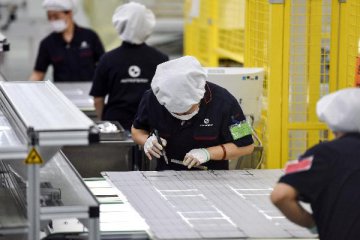
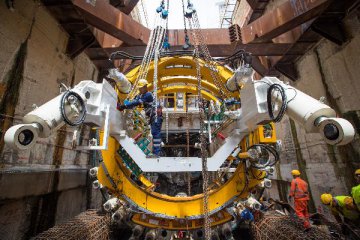
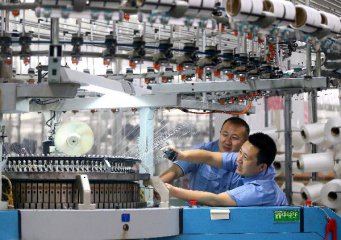
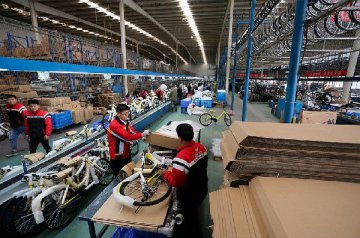
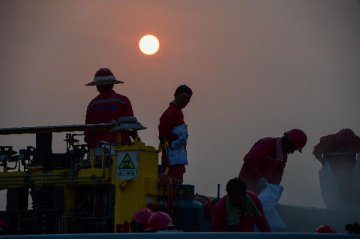
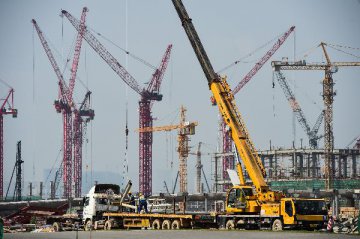


Latest comments